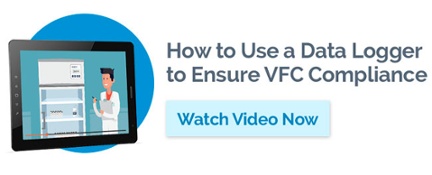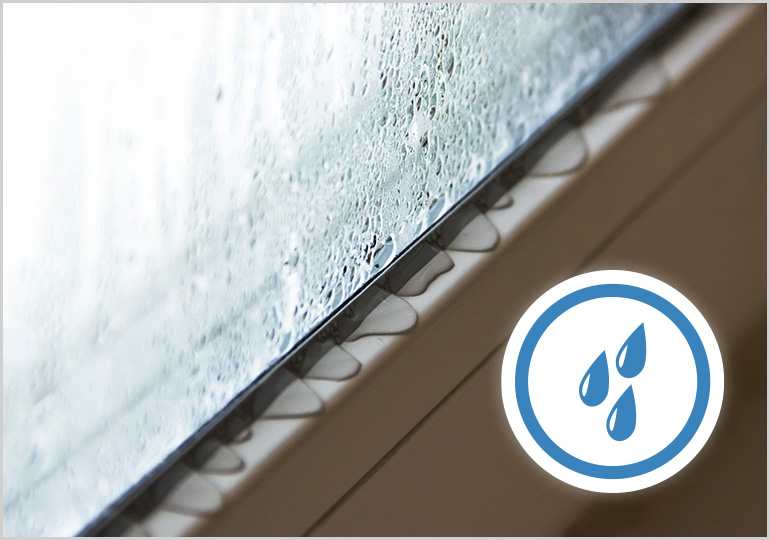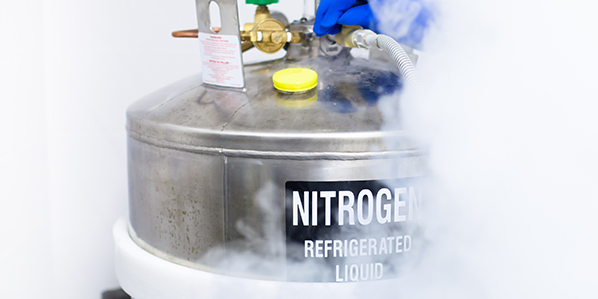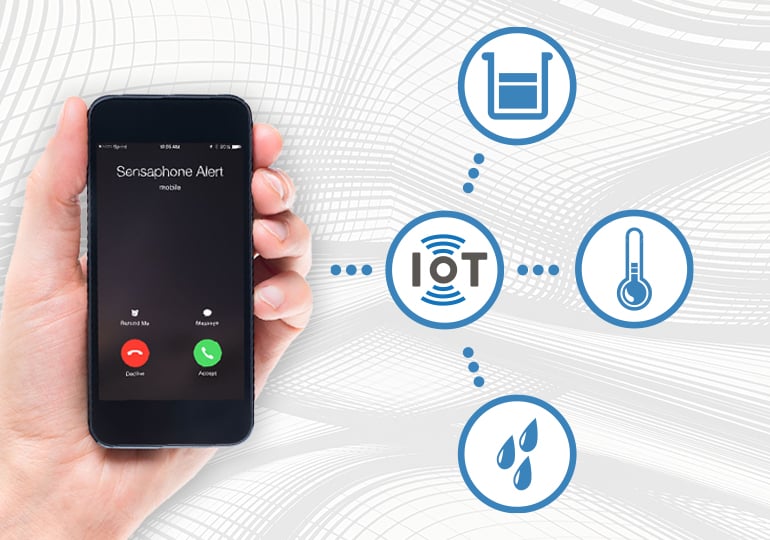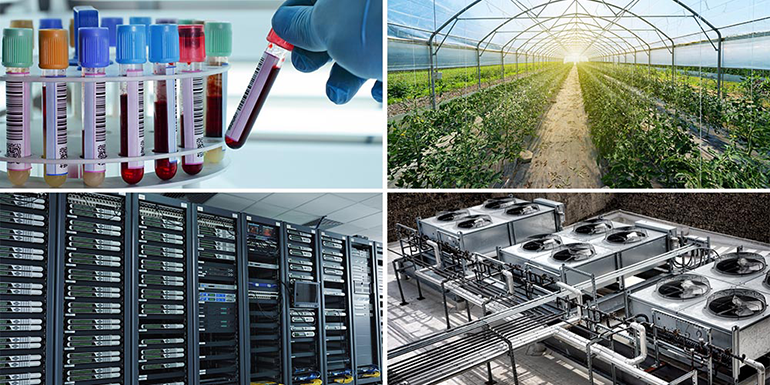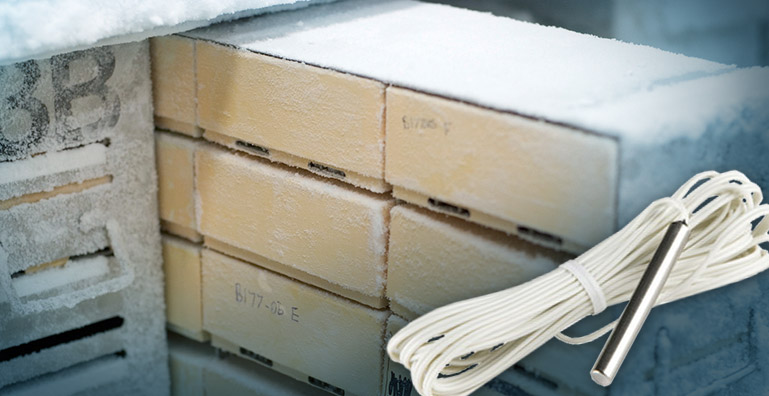
Maintaining proper temperature levels in medical cold storage areas is critical. One of the best ways to make sure your medical refrigerators are working effectively is to use a temperature probe connected to your remote monitoring system.
Incorrect temperatures can compromise the medications or vaccines stored in medical refrigerators. High temperature and high humidity are the two most important factors in drug degradation. When exposed to these conditions, the medications can weaken. Moreover, you can face fines or penalties if your medical refrigerators are not performing properly.
If an inspector has reason to question the integrity of your vaccines, he/she may ask you to dispose of them. To be compliant under CDC safe practice and handling procedures, a documented system is necessary. This includes continuous data logging, alarm logs, audit trails and reports.
Vaccine recalls due to inappropriate storage lead to:
- Extra doses for patients
- Damage to public confidence in vaccines
- Increased costs for providers
- Liability for a provider's practice.
Temperature probe to the rescue
By using a temperature probe connected to your remote monitoring system, you'll know right away if your medical cold storage unit is working or not. A temperature probe is a metal sensing probe that can be inserted into a refrigerator or freezer. They have a 12' wire attached to connect to the monitoring system. But what does a temperature sensor do, and what does it do better than a sensor or a thermometer? Here are 3 things you need to know about using a temperature probe in medical cold storage.
1. Boldly go where no sensor has gone before
An important distinction between a sensor and a probe is that a probe is much more resistant to harsh conditions. A temperature probe is able to withstand temperatures that are too cold for most sensors or contact-type switches.
Because they are so hardy, a temperature probe can be place in a cold and wet environment — an environment that could ruin electronics or be inappropriate for a thermometer.
2. Keep it buffered
Let's face it. False alarms are annoying. Plus, if they register on data logs, they can give misleading information to inspectors, making it seem like your facility is not compliant.
Two possible causes of false alarms in medical cold storage facilities are from opening the refrigerator/freezer and from defrost cycles. The temperature probe would be able to detect these slight changes in temperature, but these ambient temperature readings do not reflect that actual temperature of the vaccines or medications. Vaccines and medications are able to maintain their temperature in the face of short ambient temperature changes.
The way to avoid false alarms is to use a buffer. A buffer is a bottle of glycol or glass beads that help mimic the temperature of the medications in your refrigerator/freezer. The buffer keeps the probe from reacting too quickly to the temperature change and triggering a false alarm.
3. Go wireless
Sensaphone's line of probes are all fitted with 12' wires. These wires can be plugged directly into a monitoring system. However, there is an option to essentially create a wireless temperature probe system.
If you plug a temperature probe into a wireless temperature sensor, like the WSG Wireless Ultra Low Temperature Sensor, you are able to send temperature readings from the probe to the wireless sensor. The wireless sensor is able to send all data back to the remote monitoring system. This creates a wireless temperature probe. The monitoring system is able to receive inputs from up to 29 other wireless sensors. Each of those sensors can be used with a temperature probe to utilize the wireless temperature probe set up.
This wireless temperature probe for allows greater flexibility in the placement of the probe, sensor and remote monitoring system. You can log in to the base station to program and view current temperatures — all from one location.
For more information on CDC guidelines, check out the Vaccine Storage and Handling Toolkit. Check out the ebook below for more information about using a temperature probe in your medical cold storage units.

